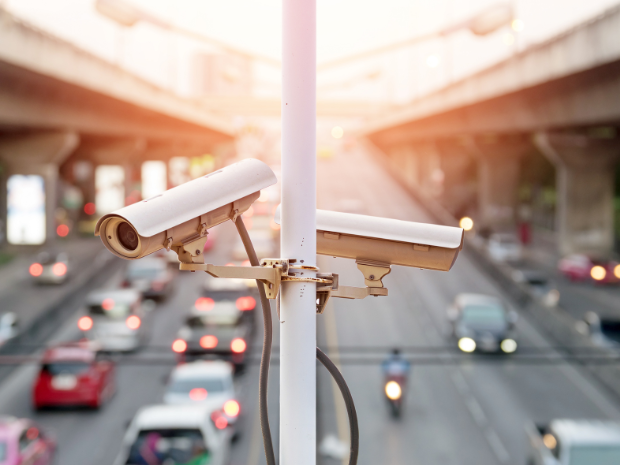
Unlike traditional systems, artificial intelligence (AI)-powered traffic cameras not only significantly reduce accidents, but they do so in ways that conventional cameras cannot.
A new LSE-led study, recently published in Management Science, shows that AI-powered traffic cameras don’t just catch violations — they reduce accidents by changing how people drive, even beyond the reach of the cameras themselves.
Through studying accidents at road intersections in a major Chinese city, Dr Aaron Cheng and co-authors found that advanced cameras — powered by AI and continuous video recording — significantly reduce nearby accidents compared to conventional cameras or none at all.
The paper identified three key reasons AI-powered cameras work so well: smarter automated detection of various traffic violations, real-time footage that improves accident analysis, and a strong deterrent effect that encourages drivers to learn and adjust their behaviour over time.
“Our findings offer rigorous evidence that AI-powered cameras on the road improve traffic safety by addressing key enforcement challenges,” Dr Aaron Cheng said, “these include limited human monitoring, low perceived risk of punishment, and drivers’ tendency to underestimate the consequences of unsafe behaviour — often taking opportunistic risks like speeding when they believe enforcement isn’t present.
“The impact is striking.” Dr Cheng continued, “AI-powered traffic cameras could prevent around 1,190 accidents, 496 injuries or deaths, and nearly ¥6.3 million (≈ USD $970,000) in property damage each year if installed at all signal-controlled intersections in the studied city.”
Dr Cheng and colleagues argue that these reductions are not only statistically significant and persistent over time, but they also do not displace accident risks to other locations or road users, which may address long-standing concerns about the unintended consequences of automated enforcement.
The research also offers practical insights for improving urban road safety through AI-powered traffic law enforcement. Dr Cheng explained: “Policymakers and urban planners can use our findings to design more effective, technology-augmented enforcement that not only detects violations in real time but also promotes long-term behavioural change among drivers. Beyond traffic safety, this research contributes to the broader understanding of how emerging technologies can address wicked societal challenges, offering a model for responsible and evidence-based deployment of AI in public policy.”
The research quoted in this article is from: Zhi (Aaron), Cheng; Zhanyu Dong and Min-Seok, Pang (2025) Automated Enforcement and Traffic Safety. Management Science 0(0).
Wednesday 7 May 2025